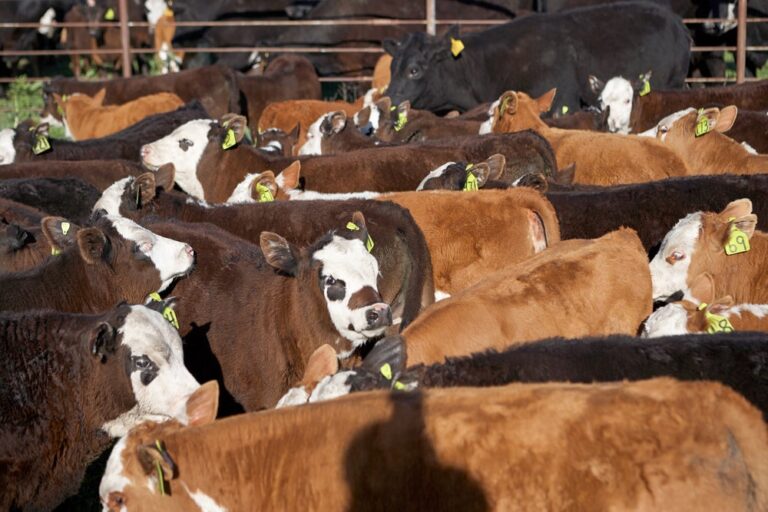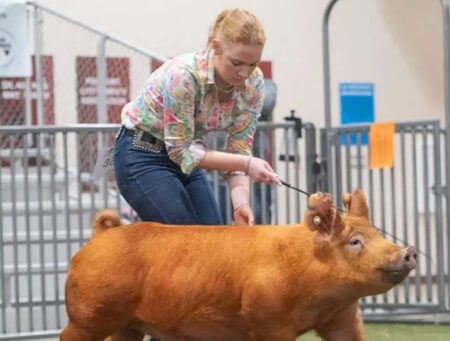The U.S. Department of Agriculture announced this week that it will reinstate the July Cattle and County Estimates for Crops and Livestock reports after cutting them last year due to budget constraints, despite concerns about reduced market transparency.
The reinstatement will apply to the 2024 season for row crops — including corn, cotton, peanuts, rice, sorghum, and soybeans — and the 2025 season for small grains such as barley, oats, and wheat.
The July Cattle report will be released on July 25, while NASS County Estimates will be staggered throughout May:
- May 6: Corn, sorghum, and soybean yields
- May 12: Cotton yields
- May 13: Cattle
- May 23: Rice and peanut yields
Last year, NASS halted these reports, along with the Cotton Objective Yield Survey, as part of cost-cutting measures. The decision raised concerns in the cattle and crop sectors, where stakeholders feared losing access to critical market data that informs both government and private-sector operations.
“Markets work best with active and informed participants, and the USDA’s reinstatement of the July Cattle Inventory report would help producers with just that,” said DTN Livestock Market Analyst ShayLe Stewart. “It’s difficult for producers to stay updated on the U.S. cowherd when they’re only given official data once a year. With today’s fast-moving markets, timely information is essential for sound business decisions.”
In 2024, the USDA estimated it would need over $7.5 million to restore the reports. The agency’s budget was cut by 11 percent to $187.5 million, compared to the previous year, further complicating financial decisions. The 2023 budget included funding for the Census of Agriculture but was allocated six months into the fiscal year, limiting NASS’s options for budget adjustments.
The NASS County Estimates report has faced criticism over the years, particularly due to concerns about redundancy with the Risk Management Agency’s county yield estimates, which use producer-reported data rather than survey-based methods. Declining response rates and growing producer distrust have made it increasingly difficult for USDA to collect and publish reliable data.
The National Cattlemen’s Beef Association praised the return of the reports in a statement:
“The return of the July Cattle Report and County Estimates is a big win for cattle producers who utilize these reports to efficiently run their operations and make important marketing decisions. These reports are not costly to produce, and the amount they are used by the U.S. agriculture sector makes them extremely cost-effective,” said NCBA Executive Director of Government Affairs Tanner Beymer. “NCBA thanks USDA-NASS for bringing back these vital reports and continuing to deliver timely, accurate, and useful statistics that bring transparency to livestock markets across the country.”
»Related: Smallest U.S. cattle herd in decades sees further 1% decline


:max_bytes(150000):strip_icc()/the-iowa-department-of-agriculture-and-land-stewardship-announced-a-case-of-the-highly-pathogenic-avian-influenza-has-been-detected-at-a-commercial-egg-farm-in-sioux-county-photo-by-preston-keres-usda-5e067939b18f4fe6ae92b46d5c9f1f74.jpg)
:max_bytes(150000):strip_icc()/Corn-soybeans-farm-sunset-blue-5c119252084c4a6890e4e8ebd0201f06.jpeg)
:max_bytes(150000):strip_icc()/100127260_corn-e8272ff9d244400fa206d8c6a1d1457b.jpg)



:max_bytes(150000):strip_icc()/IMG_6534-a8d70a14bf5d4dc5b2085bb247894519.jpeg)

